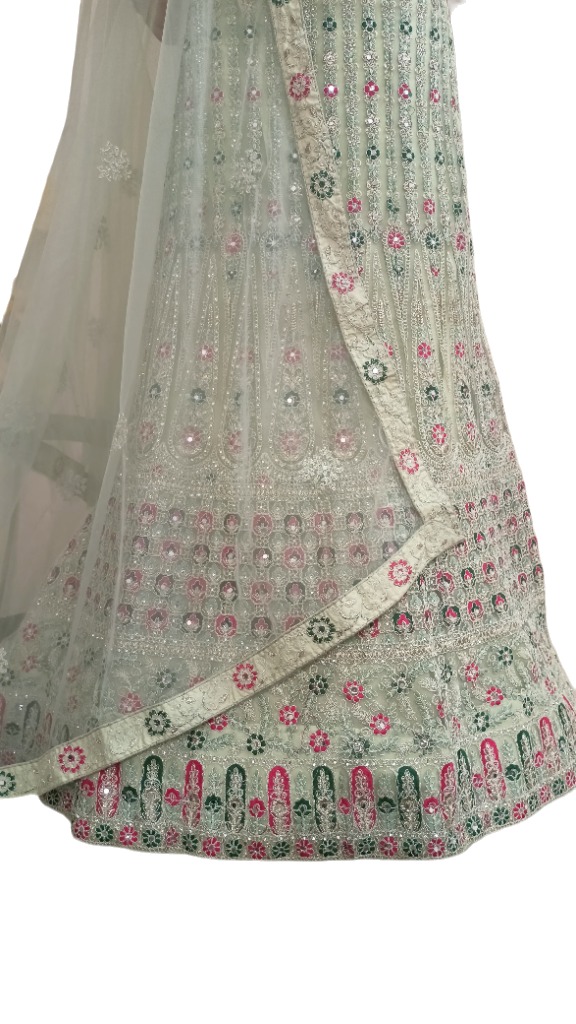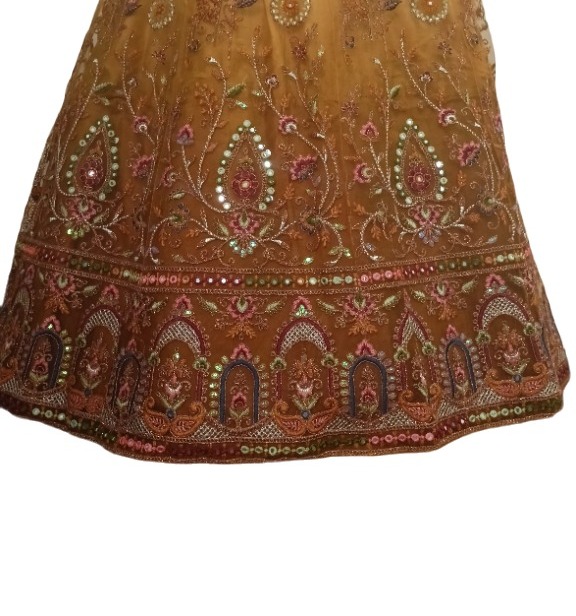IGNOU MCO-01 QUESTION PAPER WITH SOLUTION FOR EXAM PREPARATION
Are you a student enrolled in IGNOU’s MCO-01 course, struggling to find reliable FREE IGNOU MCO-01 QUESTION PAPER, study materials and resources? Look no further! In this comprehensive guide, we’ll explore the world of IGNOU MCO-01, providing you with essential information, valuable QUESTION PAPER, and a treasure trove of resources, all for free, courtesy of Guffo.
FREE IGNOU MCO-01 QUESTION PAPER WITH SOLUTION –
UNIT 1 INTRODUCTION TO ORGANISATION –









I need important question for December exams for mcom second semester if u have please help me.i need urgent because we have two months only for December exams so please help